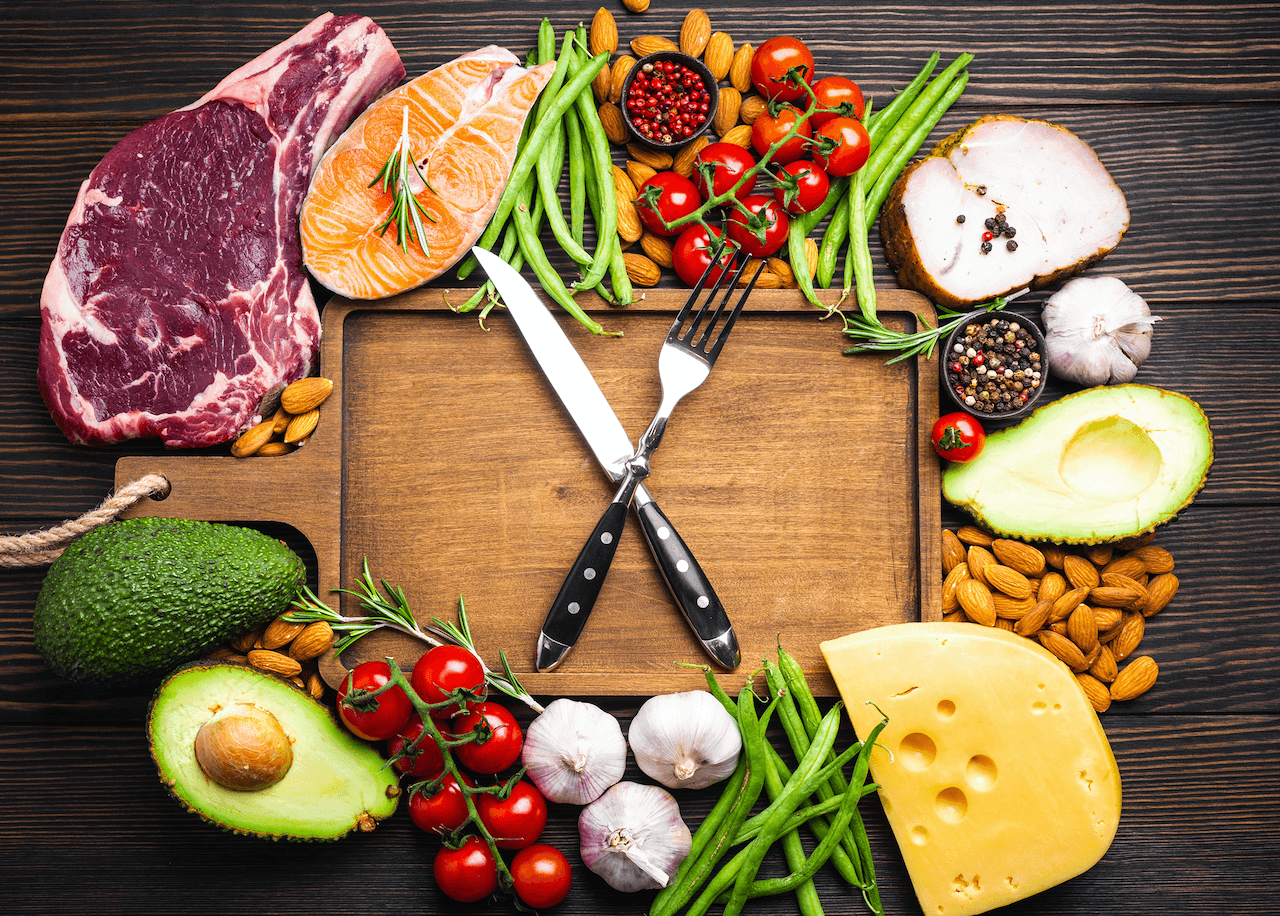The keto diet. This new dieting trend has continuously gained popularity throughout the past several years. Is it all hype? Or could it potentially be your next guideline for cutting season? Let’s dissect this new technique to cut fat and separate the facts from myth. The standard diet practices usually call for a moderate to high protein and carbohydrate intake, while keeping fats low. The keto diet aims to keep fats high, moderate protein, and low carbs. The idea behind this diet is to limit carbohydrate intake and force your body to burn fat for fuel. Sounds too good to be true right? The keto diet isn’t for everyone. Removing one of the three macronutrient groups from your diet nearly in its entirety can pose a challenge for most for an extended period of time.
The science behind the keto diet is unique and fascinating in a number of ways. Typically, the body relies on carbohydrates to be ingested and broken down into glucose. From here, the glucose is converted into energy and utilized by the body. This process is known as glycolysis. When following a ketogenic diet, this process will no longer apply as the primary source of energy for your body to utilize. When carbohydrate intake is limited, the body must make an adjustment in order to stay energized. The process of ketosis begins inside the liver. When sufficient carbohydrates are not present, the liver will begin to break down fats into ketones that are pushed into the blood stream.The body will adapt to the new situation and become reliant on fat for energy.
Since all of our bodies are unique in many ways, there are no numbers set in stone when it comes to target macronutrient intake. One body may require more or less proteins, carbs, and fats than another. The typical carb intake while following a keto diet is between 30-50g a day. This is the first step to adapting to the diet. Dropping your carbs won’t cut it though. You may be accustomed to a higher protein diet, your next step will be to drop that intake to consist of about 25% of your diet. The reasoning behind this is because high amounts of protein can be converted into glucose, therefore preventing the body from entering ketosis. This leaves us with our new key source of energy...Fats. These will make up about 70% of our diet.
So who can benefit from the keto diet? Those who are focused on shredding body fat down have potential to benefit greatly from adopting this dieting technique when they’re able to stick with it in the long run. This isn’t a quick fix by any means. Those who struggle with portion control have been known to reap the most benefits from keto. Typically carbs and overeating have gone hand in hand since the beginning of junk foods. Eliminating the intake of these empty calories alone can be a tremendous step in the right direction of a weight loss journey.
The ketogenic diet can be a powerful tool for those aiming to shred down body fat for aesthetic, health, or other reasons. The restrictive aspects of this eating plan are the biggest obstacle to overcome for those who choose to try it. Being accustomed to eating carbohydrates our entire lives, it’s not easy to cut them down to minimal trace amounts. The shift from burning carbohydrates to fats for fuel can be taxing on the body and mind. If you can adapt, the rewards can be well worth the sacrifice.


